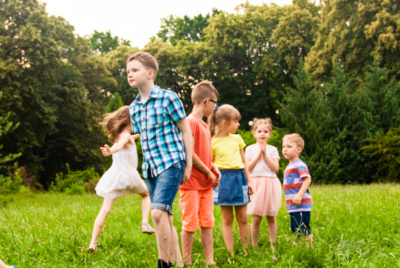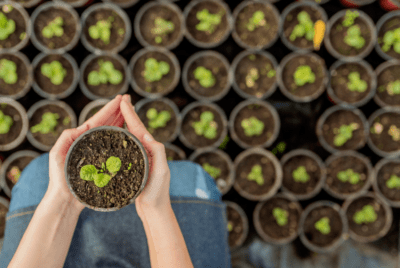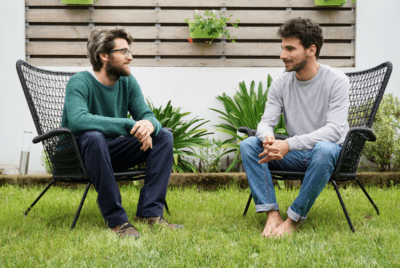RESEARCH
Nurturing Soil-Adarities: Growing Multispecies Justice in Therapeutic Landscapes
Summary
This research paper explores the idea that gardens should be seen as more than just spaces for human benefit; they are complex environments shared by many different living things, including soil microbes, plants, and animals. The author argues that when we think about gardens as “therapeutic landscapes”—places that promote well-being—we need to consider the health and justice for all these non-human inhabitants, not just humans. The paper does this by looking at existing research on therapeutic landscapes and bringing in ideas from fields that focus on the relationships between humans and other species. The author also draws on their own ethnographic work, which involves observing and interacting with gardeners over a long period, to understand how people relate to soil and other living things in gardens. This approach helps to understand the real-world experiences and perspectives of gardeners.
The paper suggests that caring for the soil in gardens is essential for the well-being of everyone, both human and non-human. It talks about “multispecies justice,” which means making sure that gardens are fair and beneficial for all the creatures that live there. This involves rethinking how we design and manage gardens, moving away from a focus only on human needs to considering the needs of the entire ecosystem. For example, the author’s ethnographic work shows that gardeners often develop a deep connection with the soil and its inhabitants, even sometimes prioritizing the needs of plants or the compost ecosystem. Therefore, by being more attentive to the needs of the soil and the diverse life it supports, we can create more truly therapeutic and just garden spaces,







